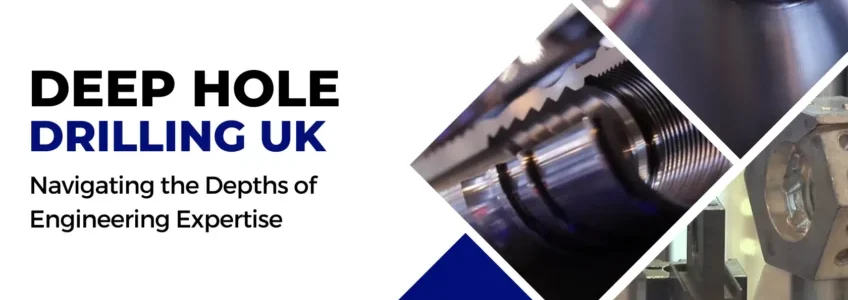Imagine the railway system as an elaborate symphony – a harmonious blend of science, technology, and brilliant engineering. Or, as Alexander Graham Bell once said, “Great discoveries and improvements invariably involve the cooperation of many minds.” It’s a sector that fosters collaboration, a testament to human ingenuity. At the heart of this symphony, you’ll find railway engineering, an intriguing field combining civil, mechanical, and electrical engineering with architecture, geography, and even a sprinkle of archaeology.
The British Army has ushered in a new era of armoured vehicle technology as they embark on extensive trials for the cutting-edge Boxer armoured vehicle, which sets a new standard for armoured fighting vehicles (AFVs). Designed with flexibility, robustness, and mission adaptability in mind, the Boxer can operate in diverse terrain, under various combat situations. The ability to transport troops, serve as a command vehicle, an ambulance, or even a cargo carrier underlines its multipurpose potential.
In the rapidly evolving landscape of modern construction, the integration of technology has become paramount for success. One such technological advancement that has revolutionised the industry is Building Information Modelling, commonly known as BIM. With its digital representation of the physical and functional characteristics of buildings, BIM offers a transformative approach to construction projects.
In this article, we take a look at the significance of BIM, exploring its importance and the multiple levels or stages it encompasses. We will also uncover the role of precision engineering in constructing stronger and more sophisticated buildings.
Unearthing opportunities to improve energy efficiency in commercial buildings may seem like a complex task, but it offers a compelling return on investment. The advantages range from tangible financial benefits to intangible environmental and reputation gains. This comprehensive guide serves to highlight the various ways to leverage energy efficiency to create more sustainable and cost-effective commercial buildings.
Deep hole drilling UK is an extraordinary engineering feat that captures the essence of technical brilliance in Britain. As the unsung hero of the UK’s industrial landscape, this remarkable technique holds a fascinating history and an exciting future that continues to captivate engineers, history aficionados, and technology enthusiasts alike.
Welcome to the world of nanotechnology, a realm where science fiction meets reality, and where technological marvels are designed and engineered at a scale that’s incredibly small – one nanometre is a billionth of a metre! Precision engineering for nanotechnology is enabling a new era of miniature devices with monumental impacts, pushing the boundaries of human invention.
Precision engineering technologies have come a long way since their inception, and their evolution is nothing short of an epic engineering saga. It all started with meticulous craftsmanship, and over the centuries, it has morphed into an advanced science, drastically altering the landscape of industrial development.
The wave of digital transformation in engineering is turning the tide across multiple sectors, heralding a new era of innovation and efficiency. Digital transformation is no longer just a buzzword; it’s the driving force propelling businesses towards the future. Its impact is profoundly felt across all sectors, including engineering fields such as construction, rail, oil and gas, defence, aerospace, and automotive. But what does digital transformation in engineering entail and how are AI and machine learning facilitating this revolution? Let’s find out.
In the heart of Ethiopia, a colossal dam construction project is taking shape – The Grand Ethiopian Renaissance Dam (GERD). This mammoth structure is no ordinary dam either; it’s a mega-dam towering twice the height of the Golden Gate Bridge, and covering a reservoir expanse almost as big as London. With its ability to generate over 5,000 megawatts of electricity, the dam holds the potential to lift millions out of poverty.
Automotive engineering is a hotbed of innovation, and precision machining is the driving force behind its constant evolution. From enhancing performance to improving safety, precision engineering plays a pivotal role in shaping the vehicles we know and love today. As a leading manufacturer in the UK, we specialise in various sectors, including automotive engineering, and in this blog, we will explore the remarkable impact of precision machining in the world of automotive engineering and how it continues to drive advancements while improving quality.











Recent Comments